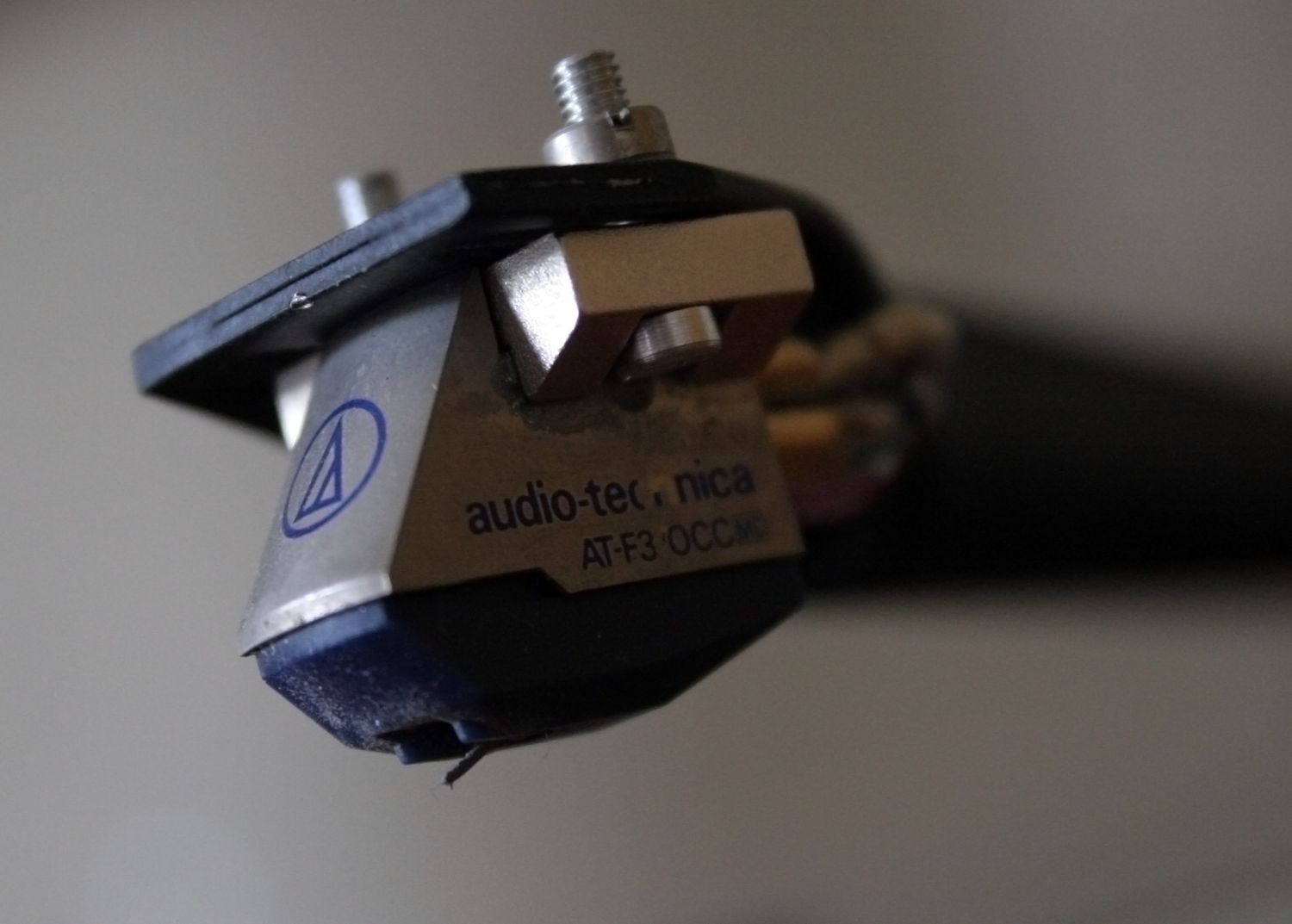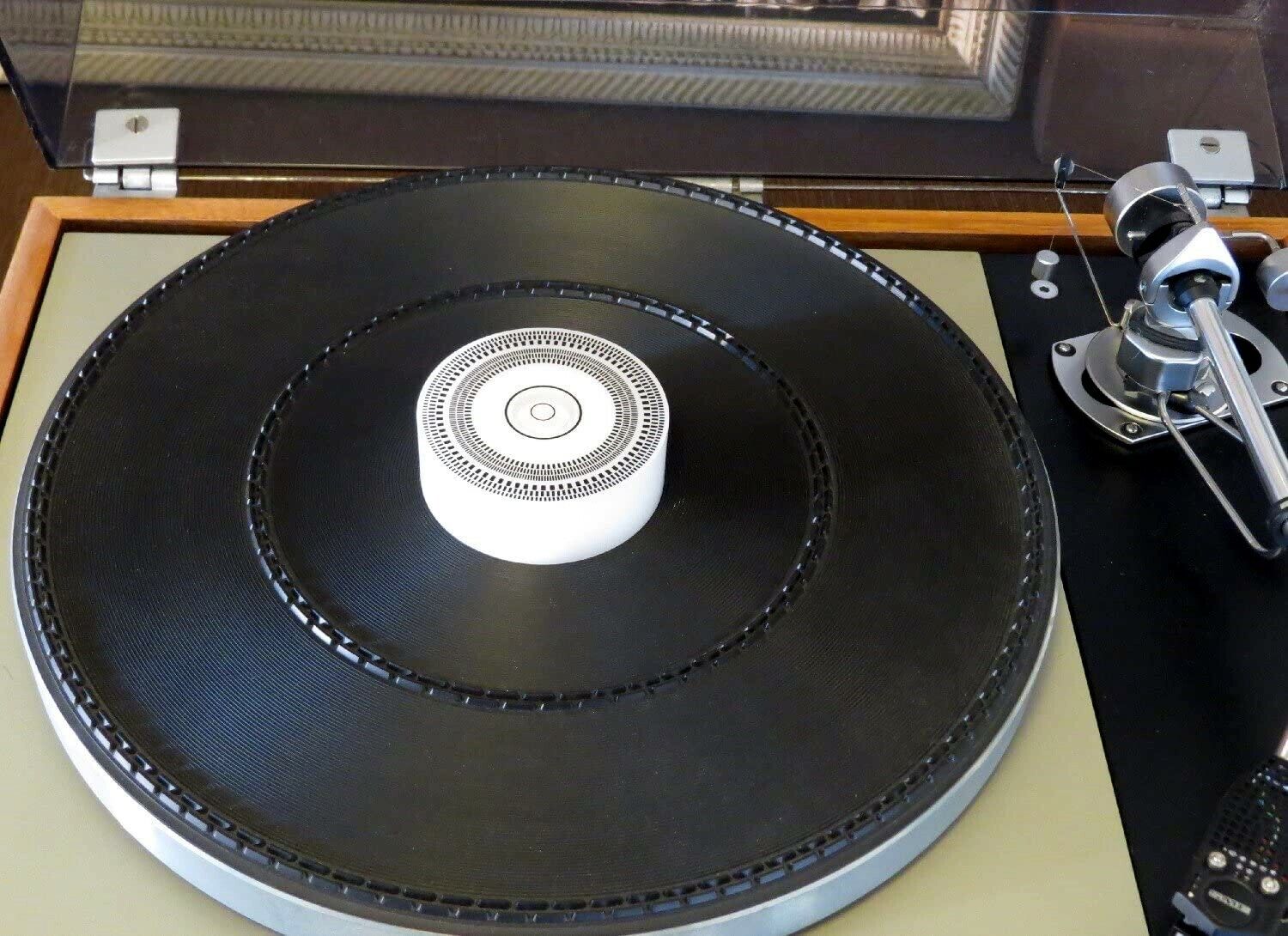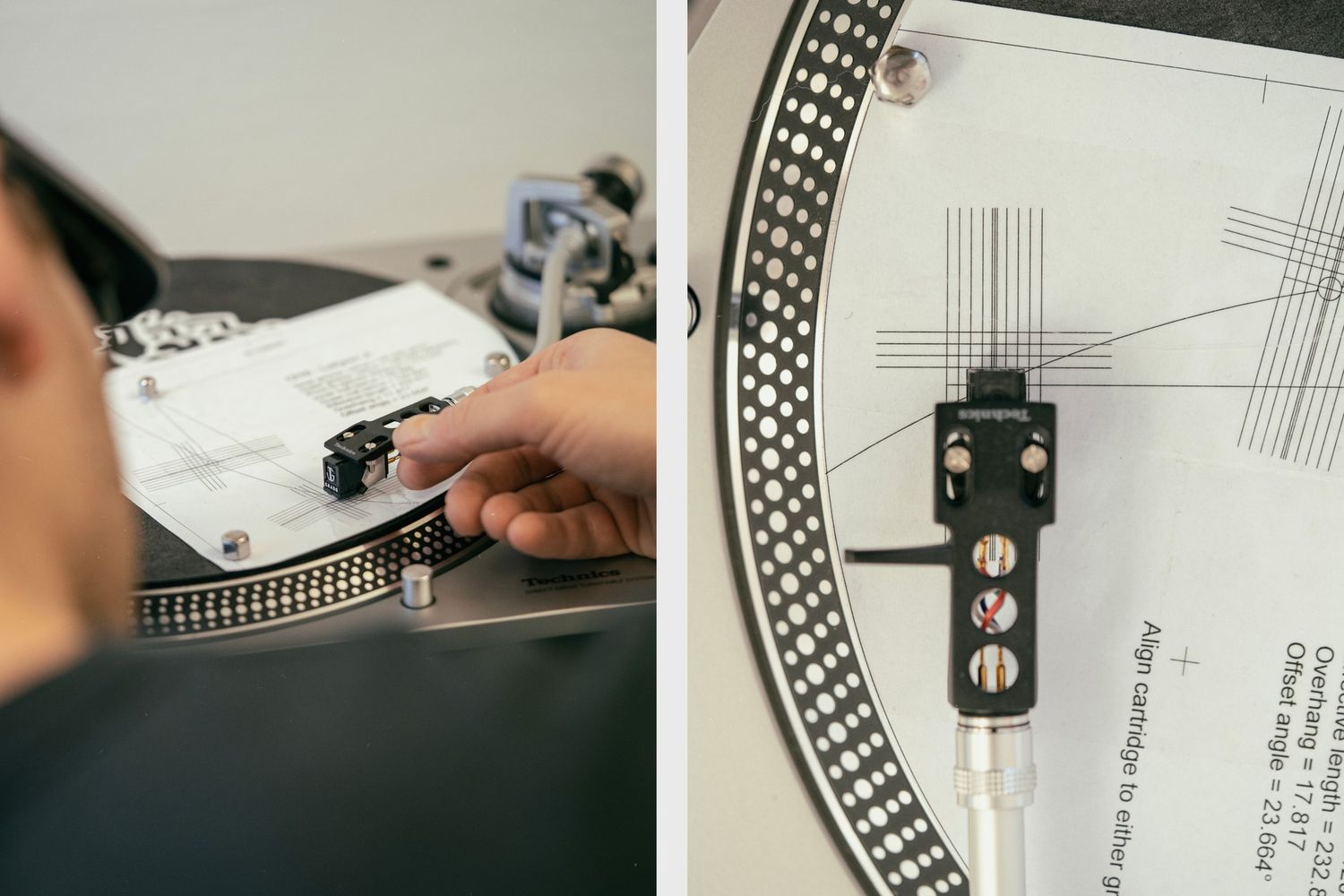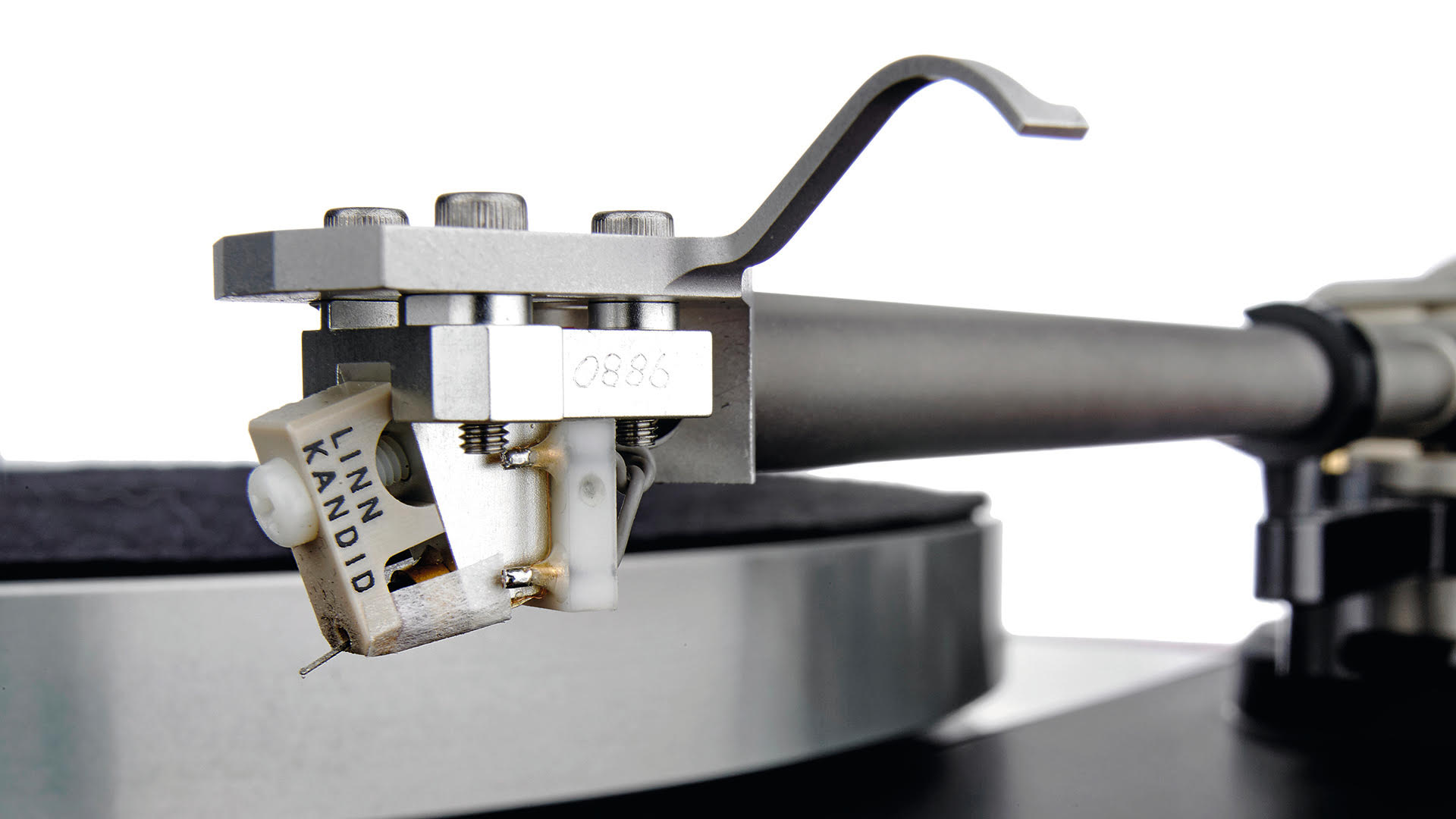Home>Devices & Equipment>Turntable>How To Buy A Turntable
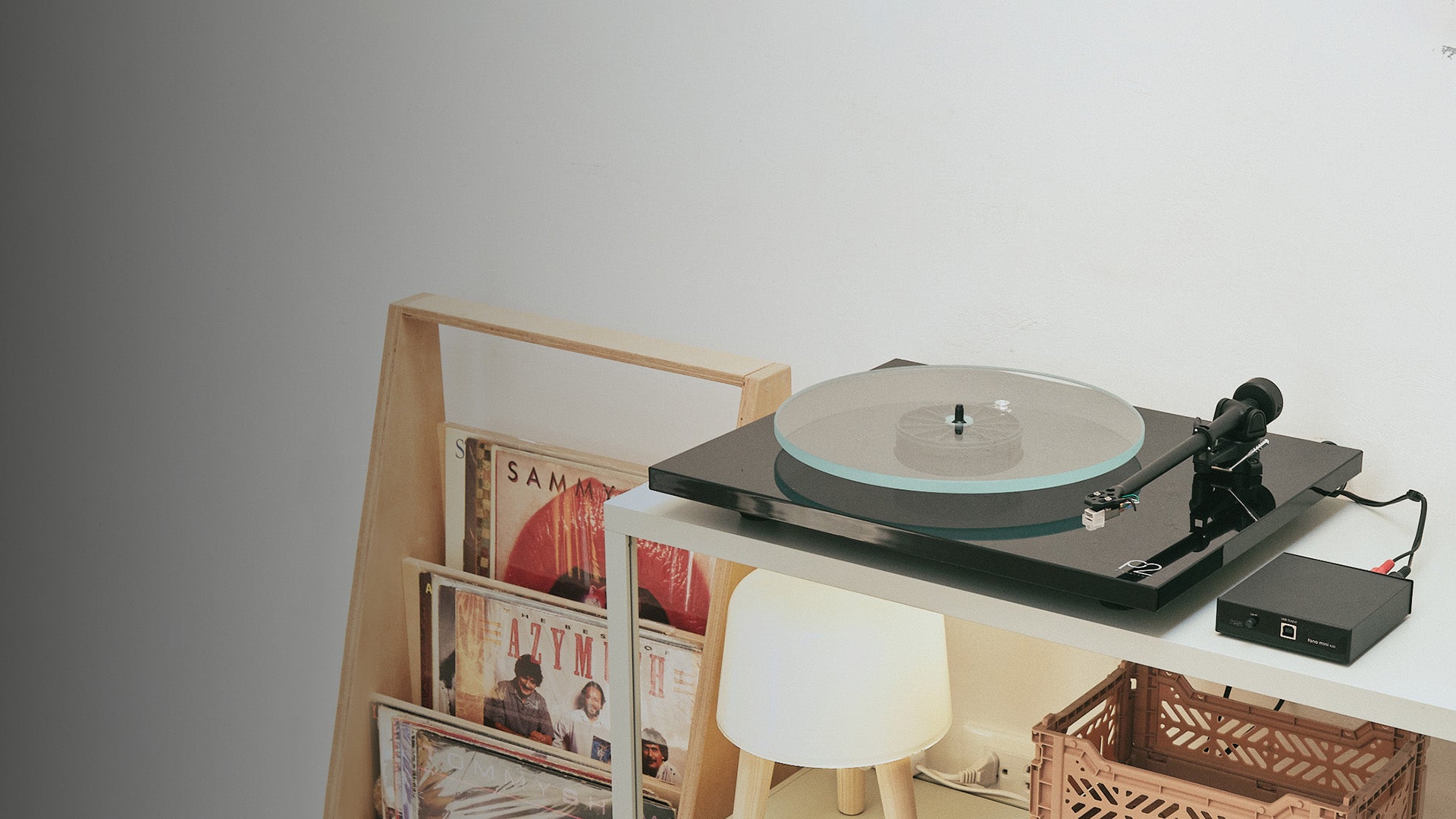

Turntable
How To Buy A Turntable
Modified: January 22, 2024
Learn how to buy a turntable with our comprehensive guide. Find the perfect turntable for your needs and start enjoying the rich sound of vinyl.
(Many of the links in this article redirect to a specific reviewed product. Your purchase of these products through affiliate links helps to generate commission for AudioLover.com, at no extra cost. Learn more)
Table of Contents
Introduction
Are you a music enthusiast looking to delve into the world of analog audio? If so, investing in a high-quality turntable is a must. A turntable, also known as a record player, is a classic audio device that allows you to play vinyl records and experience the warm, authentic sound that many music enthusiasts cherish.
In recent years, turntables have experienced a resurgence in popularity, thanks to the unique experience they offer and the nostalgia they evoke. However, with so many options available on the market, choosing the right turntable can be a daunting task. That’s where this guide comes in – to help you understand turntables, navigate the buying process, and make an informed decision.
Before diving into the intricacies of turntables, it’s important to understand how they work. At its core, a turntable consists of a rotating platter, a tonearm, a cartridge, and a stylus. The stylus, also known as the needle, is the part that comes into contact with the vinyl record, tracing the grooves and generating sound. The tonearm holds the cartridge, which contains the stylus, and ensures proper tracking of the record.
Now that you have a basic understanding of turntables, let’s explore the different types available.
Understanding Turntables
Turntables come in various designs and configurations, each offering unique features and performance qualities. It’s essential to familiarize yourself with these differences to make an informed purchasing decision.
1. Belt-Drive Turntables: These turntables use a belt to connect the motor to the platter. The belt provides isolation from vibrations, resulting in smoother playback and more accurate sound reproduction. Belt-drive turntables are popular among audiophiles and those seeking high-fidelity audio.
2. Direct-Drive Turntables: In contrast to belt-drive turntables, direct-drive turntables have the motor directly connected to the platter. This configuration offers advantages such as consistent rotational speed and better torque, making them ideal for DJing and scratching. Direct-drive turntables are known for their robust build and speed stability.
3. Manual vs. Automatic: Turntables are available in either manual or automatic operation. Manual turntables require you to manually start and stop the rotation of the platter and lift the tonearm. Automatic turntables, on the other hand, feature mechanisms to automatically handle these tasks, making them convenient for those who prefer a more hands-off approach.
4. Phono Preamp: Many modern turntables feature a built-in phono preamp, also known as a phono stage or preamplifier. This component boosts the signal from the cartridge to a level compatible with other audio equipment, such as amplifiers or speakers. If your audio setup lacks a dedicated phono input, choosing a turntable with a built-in preamp can be a convenient option.
5. Upgradability: Some turntables allow for component upgrades, such as cartridges and tonearms. This feature provides the flexibility to enhance the performance of your turntable over time as your budget and audio preferences evolve.
Understanding these key aspects of turntables will help you narrow down your options and choose the best one for your needs and preferences. In the next section, we will dive into the key considerations you should keep in mind while purchasing a turntable.
Types of Turntables
When it comes to turntables, there are various types to choose from, each with its own unique characteristics and intended use. Understanding these different types will help you identify the one that best suits your specific needs.
1. Audiophile Turntables: Audiophile turntables are designed for the discerning listener who values high-fidelity sound reproduction. These turntables typically have features such as solid construction, isolated platters, and high-quality tonearms and cartridges. They prioritize accurate playback and minimal distortion to deliver the best possible audio experience.
2. DJ Turntables: DJ turntables are built specifically for DJs and turntablists who require robust construction, precise speed control, and the ability to scratch and perform other advanced techniques. These turntables often have high-torque direct-drive motors, adjustable pitch controls, and special features like reverse play and pitch bending.
3. Portable Turntables: Portable turntables are compact, lightweight, and designed for on-the-go use. They are popular among vinyl collectors who enjoy taking their music with them or for those who want a turntable that doesn’t take up much space. Portable turntables typically have built-in speakers and battery-powered options, making them convenient for outdoor events or travel.
4. All-in-One Systems: All-in-one turntable systems are designed for simplicity and convenience. These systems typically include a turntable, amplifier, and speakers all in a single unit. They are perfect for those who want a complete audio solution without the need for separate components.
5. USB Turntables: USB turntables are designed to digitize your vinyl collection. These turntables have a built-in USB output that allows you to connect them directly to your computer. They often come with software that enables you to convert your vinyl records into digital audio files, preserving your collection and allowing you to enjoy your music on digital devices.
Now that you have a better understanding of the types of turntables available, you can narrow down your options based on your specific needs and preferences. In the next section, we will discuss the key considerations to keep in mind when purchasing a turntable.
Key Considerations
When buying a turntable, there are several important factors to consider to ensure you make the right choice for your needs and preferences. Keep the following key considerations in mind:
1. Sound Quality: The primary goal of a turntable is to deliver exceptional sound quality. Look for a turntable that offers accurate and detailed audio reproduction, with low distortion and good frequency response. Consider factors such as the type of cartridge and stylus, as these components play a significant role in sound quality.
2. Build Quality: A well-built turntable will not only provide durability but also help minimize vibrations and resonance that can affect sound quality. Look for solid materials and sturdy construction, paying attention to features such as isolation feet or a heavy plinth.
3. Speed Control and Stability: The speed at which your turntable spins is crucial for consistent and accurate playback. Look for a turntable with adjustable speed control and a reliable mechanism to maintain stable rotation speed, whether through a quartz-controlled system in direct-drive turntables or precision belt-drive with electronic speed control.
4. Cartridge Options: The cartridge is responsible for translating the grooves of the vinyl record into sound. Consider whether the turntable allows for different cartridges to be used, as this provides flexibility for upgrading and fine-tuning the sound to your preferences. Also, consider whether the turntable comes with a pre-mounted cartridge or if you’ll need to purchase one separately.
5. Ease of Use: A user-friendly turntable can enhance your overall experience. Consider features such as automatic start/stop, tonearm cueing, and adjustable tracking force. Additionally, ensure that the turntable setup and operation are straightforward, especially if you’re a beginner.
6. Connectivity Options: Consider how you plan to integrate the turntable into your audio setup. Look for one with the appropriate audio outputs (such as RCA or USB) that are compatible with your amplifier, speakers, or computer. Some turntables also offer Bluetooth connectivity for wireless audio streaming.
7. Aesthetics: While not a critical factor in terms of performance, the visual appeal of a turntable can be important for many. Find a turntable that matches your personal style and complements your living space.
Considering these key factors will help you narrow down your options and make an informed decision when purchasing a turntable. In the next section, we’ll explore how to budget for a turntable and ensure you get the best value for your money.
Budgeting for a Turntable
When it comes to turntables, the price range can vary significantly. It’s essential to establish a budget to ensure you get the best value for your money without compromising on quality. Consider the following aspects when budgeting for a turntable:
1. Set a Realistic Budget: Assess how much you are willing to spend on a turntable. Determine if you are looking for an entry-level model or if you have a higher budget for a more high-end option. Remember that investing in a quality turntable can provide a better sound experience and longer-lasting performance.
2. Consider Additional Costs: Keep in mind that the cost of a turntable may not just include the initial purchase price. Consider factors such as additional cables, cartridges, stylus replacements, and accessories like record cleaning kits. Factoring in these expenses will give you a more accurate picture of the overall cost.
3. Second-hand or New: Decide whether you are open to buying a second-hand turntable or if you prefer to purchase a brand new one. Second-hand turntables can often be found at lower prices, but be sure to research the seller and carefully inspect the condition of the equipment before making a purchase.
4. Prioritize Important Features: Determine which features are essential for your needs and allocate a larger portion of your budget towards those aspects. For example, if sound quality is your top priority, consider investing more in a turntable with a high-quality cartridge and stylus.
5. Research Price Ranges: Spend time researching and comparing prices across different brands and models. Look for reputable dealers or online retailers that offer competitive pricing and check for any ongoing promotions or discounts.
6. Consider Long-Term Value: While it’s important to stick to your budget, also consider the long-term value of the turntable. Investing a bit more for a higher-quality turntable may save you money in the long run by providing better performance, durability, and upgradeability.
Take these factors into account when budgeting for a turntable to ensure you find a balance between your desired features, quality, and affordability. In the next section, we will explore how to research brands and models to further inform your purchasing decision.
Researching Brands and Models
When it comes to purchasing a turntable, conducting thorough research on brands and models is crucial to ensure you find a reliable and high-quality product. Here are some key steps to follow when researching:
1. Read Reviews: Start by reading reviews from reputable sources, such as audio enthusiasts’ websites, industry publications, and customer reviews on trusted online retailers. Pay attention to both the positive and negative feedback to get a well-rounded perspective on the brand and model you’re interested in.
2. Seek Expert Opinion: Look for opinions and recommendations from experts in the audio industry. This could include consulting with audio professionals at local audio stores, seeking guidance from experienced audiophiles in online communities or forums, or following trusted audio reviewers on platforms like YouTube.
3. Consider Brand Reputation: Investigate the reputation of different brands in the turntable industry. Certain brands have established themselves as leaders with a history of producing high-quality turntables. Look for brands known for their expertise, craftsmanship, and commitment to delivering exceptional audio fidelity.
4. Compare Features and Specs: Analyze the features, specifications, and technical details of various models. Compare factors such as motor type (belt-drive or direct-drive), anti-vibration measures, tonearm quality, cartridge options, and any unique features that may be important to you.
5. Assess Build Quality and Durability: Pay attention to the build quality and durability of the turntable. Look for materials and construction that can minimize vibrations and resonance, ensuring optimal audio performance. Consider factors like chassis construction, platter material, and overall stability.
6. Check for User-Friendly Features: Consider any user-friendly features that can enhance your overall experience. This might include adjustable tracking force, automatic start/stop mechanisms, tonearm cueing, or easily accessible controls.
7. Explore Value for Money: Evaluate the overall value for money a turntable provides. Consider its performance in relation to its price, as well as any additional features, warranties, or customer support offered by the brand.
By thoroughly researching brands and models, you can make an informed decision that aligns with your preferences, budget, and desired features. In the next section, we will delve into the process of finding the right dealer to purchase your turntable from.
Finding the Right Dealer
Choosing the right dealer when purchasing a turntable is vital to ensure a smooth and satisfactory buying experience. Here are some tips to help you find a reputable dealer:
1. Research Authorized Retailers: Look for authorized dealers that sell turntables from reputable brands. Authorized dealers are more likely to provide genuine products, offer warranty support, and have a better understanding of the products they sell.
2. Visit Local Audio Stores: Explore local audio stores in your area that specialize in turntables and audio equipment. Visiting a physical store gives you the opportunity to see and test different models, ask questions, and seek advice from knowledgeable staff members.
3. Check Online Retailers: Research online retailers specializing in turntables and audio equipment. Look for well-established and trustworthy platforms that have a good reputation for shipping and customer service. Read reviews and ratings from other customers to gauge their reliability.
4. Read Dealer Reviews: Look for reviews or feedback from previous customers to assess the reputation of a dealer. Check online forums, review websites, and social media platforms for comments and experiences shared by others. A reputable dealer should have positive reviews and satisfied customers.
5. Consider Customer Support: Evaluate the customer support offered by the dealer. This includes factors such as return policies, warranty coverage, and responsiveness to customer inquiries. A dealer that provides excellent customer support can be invaluable if you encounter any issues with your turntable in the future.
6. Compare Prices: Compare prices across different dealers to ensure you’re getting a competitive price for the turntable you’re interested in. Be cautious of overly low prices, as they may indicate unofficial or counterfeit products. Look for a fair price that aligns with the market value of the turntable and its features.
7. Seek Recommendations: Reach out to audio enthusiasts, friends, or online communities for recommendations on reputable dealers. Others might have personal experiences or insights that can help guide you in finding trusted dealers with a track record of excellent service.
By conducting thorough research and considering these factors, you can find a reputable dealer that offers genuine products, competitive pricing, and excellent customer support. In the next section, we will discuss the importance of testing and evaluating turntables before making a purchase.
Testing and Evaluating Turntables
Before making a final decision and purchasing a turntable, it’s essential to test and evaluate it to ensure it meets your expectations in terms of performance and quality. Here are some steps to consider when testing and evaluating turntables:
1. Audio Performance: Listen to the turntable with your own ears. Bring along a selection of your favorite vinyl records or request sample tracks from the dealer. Pay attention to the overall sound quality, including the clarity, detail, and dynamic range. Look for any audible distortion, noise, or tracking issues that may affect the audio experience.
2. Speed Accuracy: Use a strobe disc or a digital tachometer to check the accuracy of the turntable’s rotational speed. It’s important for the turntable to maintain a consistent and accurate speed to ensure proper playback of your vinyl records. Listen for any pitch variations or speed fluctuations when playing different records.
3. Tracking and Alignment: Assess how well the tonearm tracks the grooves of the record. Look for smooth and even tracking across the entire surface of the record. Misalignment or poor tracking can result in distorted sound or damage to your records over time.
4. Isolation and Vibration: Pay attention to how well the turntable isolates itself from external vibrations. Place your hand lightly on the turntable’s plinth while it’s playing and observe if any vibrations are transmitted through your hand. Excessive vibrations can negatively impact the sound quality and affect the stability of the playback.
5. Build Quality: Evaluate the build quality of the turntable. Check for solid construction, sturdy materials, and attention to detail. The turntable should feel well-built and robust, minimizing any potential vibrations or resonance that could affect the audio performance.
6. User-Friendly Features: Test and familiarize yourself with the turntable’s user-friendly features, such as tonearm cueing, adjustable tracking force, or automatic start/stop mechanisms. Ensure that these features work smoothly and are intuitive to use.
7. Consider Future Upgrades: If you have plans for future upgrades, check if the turntable allows for component upgrades such as cartridge or tonearm replacements. Assess the ease of performing these upgrades and any compatibility limitations.
Take your time during the testing and evaluation process to ensure that the turntable meets your expectations in terms of sound quality, performance, and overall user experience. Once you’re satisfied with your evaluation, you can confidently make the purchase. In the next section, we will discuss the final steps of making the purchase and setting up your turntable.
Making the Purchase
After researching, evaluating, and testing different turntables, you’re ready to make the actual purchase. Here are some steps to follow when making the purchase:
1. Finalize Your Decision: Review all the information you have gathered, taking into consideration your budget, desired features, and the performance of the turntables you have evaluated. Ensure that the turntable you choose aligns with your preferences and meets your specific needs.
2. Find the Best Deal: Compare prices from different dealers or online retailers to find the best deal for the turntable you have selected. Keep in mind that the lowest price may not always be the best option, as you want to ensure you’re buying from a reputable seller that provides reliable customer support.
3. Check Availability: Verify the availability of the turntable you want to purchase. If buying from a physical store, contact them in advance to ensure they have the model in stock. If buying online, confirm that the turntable is currently available and ready to ship.
4. Purchase From a Reputable Seller: Make your purchase from an authorized dealer or a trusted online retailer to ensure that you are getting a genuine product and have access to warranty support. Be cautious of purchasing from unofficial sellers or third-party marketplaces, as the authenticity and support may be questionable.
5. Check Return and Warranty Policies: Before finalizing the purchase, review the return and warranty policies offered by the seller. Ensure that there is a reasonable return period in case you encounter any issues with the turntable, and verify the duration and coverage of the warranty.
6. Complete the Transaction: Whether purchasing in-store or online, follow the necessary steps to complete the transaction securely. Provide the required information, including payment details, shipping address, and any additional instructions, to ensure a smooth and accurate purchase process.
7. Keep Documentation and Receipts: Keep all documentation, including receipts, invoices, and warranty information. These documents are essential for any future inquiries or warranty claims.
Making the purchase marks the exciting step of bringing your chosen turntable home. In the next section, we will explore the process of setting up and caring for your turntable to ensure optimal performance and longevity.
Setting up and Caring for your Turntable
Once you’ve purchased your turntable, it’s important to properly set it up and care for it to ensure optimal performance and longevity. Follow these steps to set up your turntable:
1. Placement: Choose a stable and level surface for your turntable. Avoid placing it near sources of vibration or in direct sunlight to minimize any potential interference with playback quality.
2. Positioning: Position the turntable away from speakers or other audio equipment to prevent feedback and vibrations. Ensure that the turntable is positioned in a way that allows easy access to the controls and record placement.
3. Leveling: Use a spirit level to ensure the turntable is properly leveled. This helps maintain consistent playback and prevents unnecessary wear on the stylus and records.
4. Setup Tools: Familiarize yourself with the setup tools that came with your turntable. These may include an alignment protractor for setting up the cartridge alignment and a stylus pressure gauge for adjusting the tracking force.
5. Cartridge Alignment: Follow the manufacturer’s instructions and use the alignment protractor to ensure the cartridge is aligned correctly. Proper alignment minimizes tracking errors and prolongs the life of your records and stylus.
6. Tracking Force: Use the stylus pressure gauge to set the proper tracking force for your cartridge. This ensures that the stylus tracks the grooves of the record accurately without causing excessive wear.
7. Anti-Skate Adjustment: Adjust the anti-skate mechanism to prevent the tonearm from being pulled towards the center or outer edge of the record. This helps maintain balanced tracking and ensures even stylus wear.
8. Grounding: If your turntable has a grounding wire, ensure it is properly connected to your audio system or amplifier to minimize any potential noise or hum issues.
9. Record Cleaning: Regularly clean your vinyl records using a carbon fiber brush or a record cleaning kit. This helps remove dust and debris that can affect sound quality and cause damage to the stylus and records.
10. Stylus Maintenance: Take care of your stylus by regularly inspecting it for any visible wear or debris. Clean it gently with a stylus brush or use a stylus cleaner fluid when necessary.
11. Storage: When not in use, protect your turntable from dust by covering it with a dust cover or using a record sleeve. Keep your records stored in proper record sleeves and store them vertically to prevent warping.
12. Regular Maintenance: Periodically check and tighten any loose components, such as screws or tonearm adjustments. Follow the manufacturer’s guidelines for any recommended maintenance and refer to the user manual for specific instructions.
By following these setup and care guidelines, you can ensure optimal performance and longevity of your turntable, as well as preserve the quality of your vinyl records. In the next section, we will conclude the article with a summary and final thoughts.
Conclusion
Investing in a turntable allows you to enjoy the rich and authentic sound of vinyl records and brings a touch of nostalgia to your music listening experience. Throughout this guide, we have covered various aspects to help you navigate the process of buying a turntable and make an informed decision.
We began by understanding the different types of turntables available, from audiophile and DJ models to portable and all-in-one systems. We then discussed key considerations, such as sound quality, build quality, and ease of use, to help you prioritize your needs and preferences when choosing a turntable.
We emphasized the importance of thorough research when evaluating brands and models, reading reviews, and seeking expert opinions. Finding a reputable dealer to make your purchase from is essential to ensure a smooth buying experience and access to genuine products and reliable customer support.
Testing and evaluating turntables helped you further narrow down your choices based on factors like audio performance, speed accuracy, tracking, and build quality. Budgeting for a turntable and considering long-term value ensured that you find the right balance between affordability and quality.
Once you’ve purchased your turntable, setting it up correctly, and caring for it is crucial for optimal performance. Proper placement, leveling, cartridge alignment, tracking force adjustment, and regular maintenance will help you enjoy your turntable for years to come.
As you embark on your journey into the world of analog audio, remember to take your time, do your research, and trust your ears. Finding the right turntable that suits your preferences and budget will enhance your music listening experience and open up a world of warm, authentic sound.
Now, armed with the knowledge and understanding gained from this guide, you’re ready to embark on your turntable-buying journey. Happy listening!







